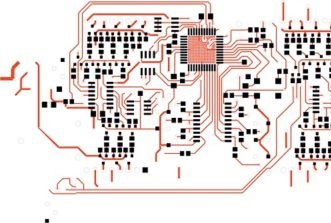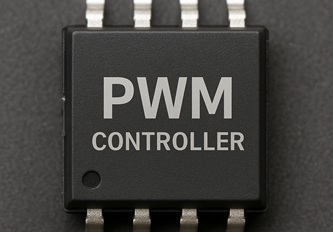This website uses cookies so that we can provide you with the best user experience possible. Cookie information is stored in your browser and performs functions such as recognising you when you return to our website and helping our team to understand which sections of the website you find most interesting and useful.
WBA Successfully Tests Wi-Fi HaLow in IoT Field Trials
Part of the Wireless Broadband Alliance's Wi-Fi HaLow for IoT project, recent trials in North America have showcased the scalability and efficiency of Wi-Fi HaLow™ in challenging environments like dense urban settings and large industrial complexes. The "Wi-Fi HaLow for IoT: Field Trials Report" provides actionable insights for businesses, network planners, and operators.
A variety of benefits have been demonstrated in different use cases, including extended ranges, improved material penetration capabilities, extended battery life, enhanced device density, higher security levels, ease of installation and management, and increased data throughput in IoT scenarios compared to existing Wi-Fi standards. The phase two field trial use cases covered Smart Home, Warehousing, Smart Farm, Smart City, Smart Office Building, Smart School Campus, and Smart Industrial Complex.
The trials were carried out by the WBA and its members, with key partners like Morse Micro, Newracom, and Methods2Business, as well as participants such as AT&T, Charter Communications, Nextcomm Systems, and Qualcomm. These trials focused on larger-scale implementations and testing Wi-Fi HaLow™ in more challenging environments.
Wi-Fi HaLow boasts key features such as operation in the sub-1 GHz radio band, narrow channel bandwidths, increased device support, and new operating modes for battery-operated devices. It builds upon the foundations of Wi-Fi, maintaining high levels of security and native-IP support essential for internet connectivity.
The "Wi-Fi HaLow for IoT: Field Trials Report" offers actionable insights to drive innovation and strategic decisions in the Wi-Fi industry. For businesses, it provides a roadmap for leveraging Wi-Fi HaLow to develop new products and enter new markets. Network planners and operators can benefit from evidence-based strategies to enhance network capabilities and service offerings. Additionally, the report serves as an educational tool, deepening understanding of Wi-Fi HaLow's operational dynamics and advantages.













